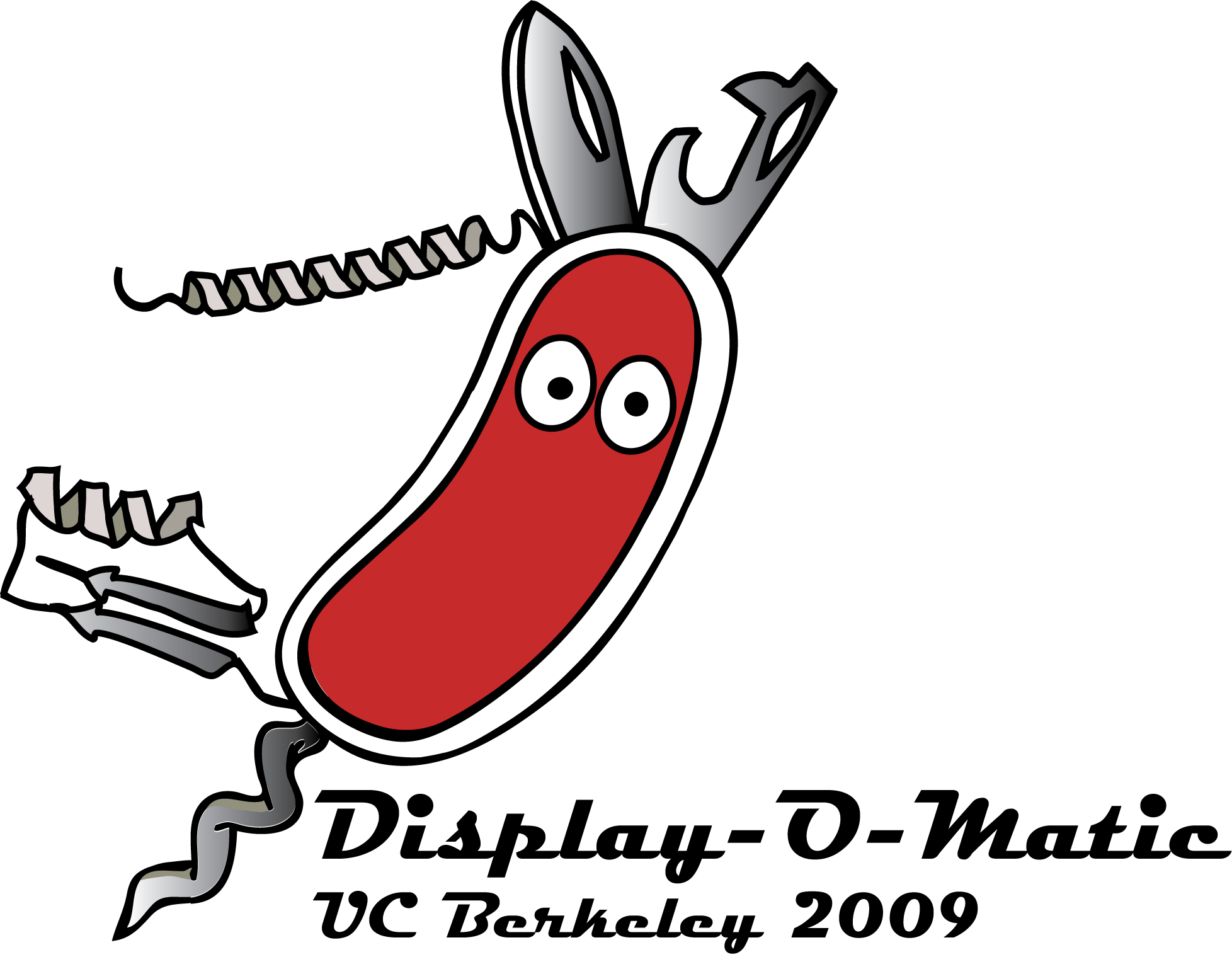Team:Berkeley Wetlab
From 2009.igem.org
(Difference between revisions)
Jennbrophy (Talk | contribs) |
Jennbrophy (Talk | contribs) |
||
| Line 1: | Line 1: | ||
| - | <b>[https://2009.igem.org/Team:Berkeley_Wetlab Home] [[Project Overview| Project Overview]] | [[Assay Protocols | Functional Assays]] | [[Assay Results | Results]] | [[ Recipes| Recipes]] | [[ NoteBooks | NoteBooks ]] </b> | + | <b>[https://2009.igem.org/Team:Berkeley_Wetlab Home] | [[Project Overview| Project Overview]] | [[Assay Protocols | Functional Assays]] | [[Assay Results | Results]] | [[ Recipes| Recipes]] | [[ NoteBooks | NoteBooks ]] </b> |
<br> | <br> | ||
<br> | <br> | ||
Revision as of 20:16, 17 October 2009
Home | Project Overview | Functional Assays | Results | Recipes | NoteBooks
The University of California Berkeley iGEM team is proposing to expand the design space of synthetic biology by exploring novel applications of cell surface display within Escherichia coli, the gold standard organism for bacterial engineering. The team envisions a bottom-up design scheme in order to tackle this engineering problem in a well organized, modular fashion. In order to overcome the challenges of engineering Escherichia coli cell surface display, a high throughput, automated, combinatorial strategy is employed to control the system.
Acknowledgements:
 "
"
